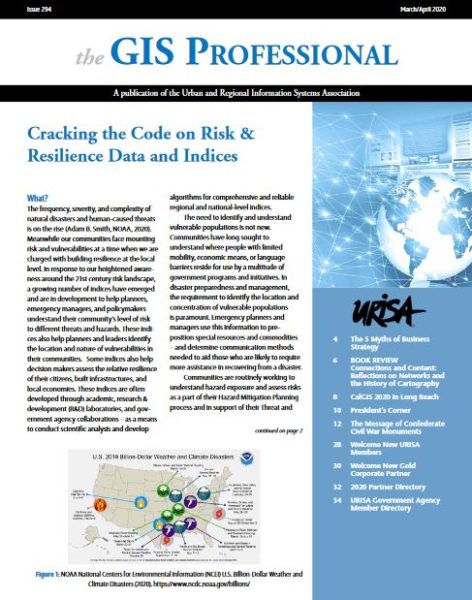
May 19, 2020
In early March, a series of large tornadoes touched down in Tennessee, killing 25 people and injuring more than 300. Later in the month, tornadoes also struck in Arkansas and several other states. Natural disasters such as these, along with manmade and technological disasters (e.g., oil spills, chemical spills, radiation leaks), can strike any community across the nation resulting in devastation for survivors, businesses, critical infrastructure, and the environment. To help communities prepare for such disasters and rebuild in the aftermath, the Department of Homeland Security (DHS) Science and Technology Directorate (S&T) partnered with the National Alliance for Public Safety GIS (Geospatial Information Services) Foundation (NAPSG) to convene experts from around the country to share best practices and identify practical solutions related to information sharing, geospatial technologies, and leadership.
For the fifth year in a row, DHS S&T has teamed up with NAPSG for the National Geospatial Preparedness Summit, which is now known as the Innovation Summit for Preparedness and Resilience (InSPIRE). The 2019 InSPIRE event was held in Galveston, Texas, in November and brought together public safety practitioners and GIS professionals to build skills in developing and implementing GIS-based decision support tools, develop peer relationships, and validate skills and capabilities through workshops and exercises.
Read the Full Article by DHS Science and Technology Directorate @ https://www.dhs.gov/science-and-technology/news/2020/05/19/snapshot-st-brings-partners-together-inspire







